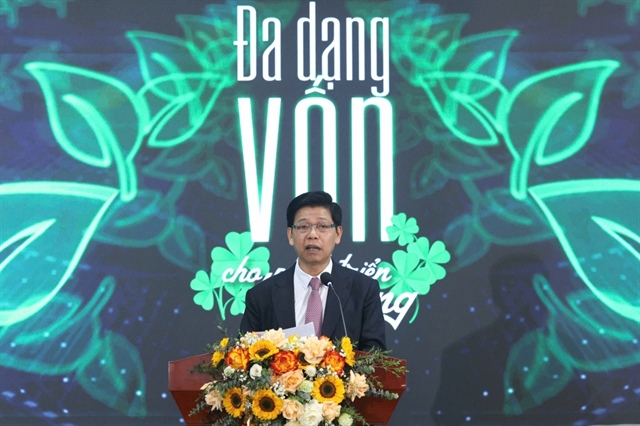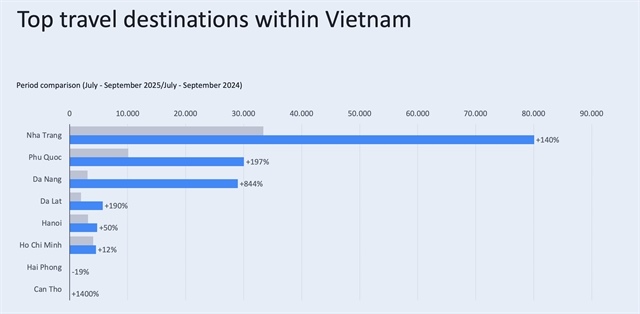Central region told to develop tourism as key economic sector
Central region told to develop tourism as key economic sector
The Central and Central Highlands Region has been told to work harder to make tourism a key economic sector of the whole region.

Speaking at a conference seeking solutions for the development of regional tourism, Prime Minister Nguyen Xuan Phuc urged 19 provinces in this region to work harder for a common plan to boost the growth of tourism.
“Tourism [in the region] has seen a slow pace of progresses in both service type and service quality. Operations of the sector have shown weaknesses in professionalism and the mindset of service,” the PM said.
PM Phuc added that the imbalance in the sector’s development in different provinces should be dealt with to build up a tourism signature for the whole region, which ranges from Thanh Hoa to Binh Thuan, plus the Central Highlands’ localities of Dak Nong, Dak Lak, Kon Tum, Gia Lai and Lam Dong.
The PM wanted authorities of the 19 provinces to work closely to finalise a plan for common development of the region’s tourism by focusing on five common questions. They were: How to get more visitors to Viet Nam; How to make tourists stay longer in the country; How to get them to spend more on local services; How to leave a good impression on tourists; and How to get visitors to return.
During the conference held over the weekend in Huế City in the central province of Thua Thien-Hue, PM Phuc said the region has a sound basis, including natural resources and heritage, to make regional tourism a key economic sector.
However, he advised authorities of the provinces in the region not to focus on the resources for the development, but to brainstorm the prominent fields that those provinces own as well as the common conditions for master plans in each field for the whole region.
A report by Thua Thien-Hue, the chair province of the Regional Committee of the Central Key Economic Region, said the region received 56 million visits last year, of which 9.5 million were international visitors. Revenue from tourism in the year was VNĐ110 trillion, accounting for 18.7 per cent of the country’s total tourism revenue.
The region has sound infrastructure, with 12 airports and 10 seaports. It has several world class beaches, including the Lang Co in Thua Thien-Hue; magnificent grottos, including the world’s biggest cave Son Doong in Quang Binh; and nine national parks.
The region also contains 14 UNESCO heritage titles as well as the rich culture of 47 ethnic minority groups.
Participants at the conference, however, expressed concern that the provinces were overlapping in developing their own tourism products..
Dr Tran Du Lich, a member of the PM’s economic advisory team said authorities should change their mindset promptly from developing tourism of each locality to making tourism of the region grow well with a common strategy, with focus on the bond between the provinces.
“The region should have two strategies for two groups, with the first group including provinces ranging from Quang Binh to Quang Ngai, where tourism infrastructure is well-developed. The second is from Binh Dinh to Binh Thuan plus the Central Highlands,” he said.
Dr Tran Dinh Thien, a former PM’s economic advisor said a common strategy for the whole region seemed to be difficult as previous discussions had not resulted in any practical outcomes.
Thiên suggested having the provinces in small groups, concentrating on the localities with similar strengths and able to assist each other in development. Thanh Hoa, Nghe An, and Ha Tinh, for instance, could be grouped in one, while Quang Binh, Quang Tri and Thua Thien-Hue could also work together, he said.
PM Phuc pledged assistance from the Government in policies as well as legal framework for the region in administration.
During the conference, the provinces granted initial investment approval to 19 projects. Of which, Thua Thien-Hue has four,Da Nang has one and Quang Binh has five.






















